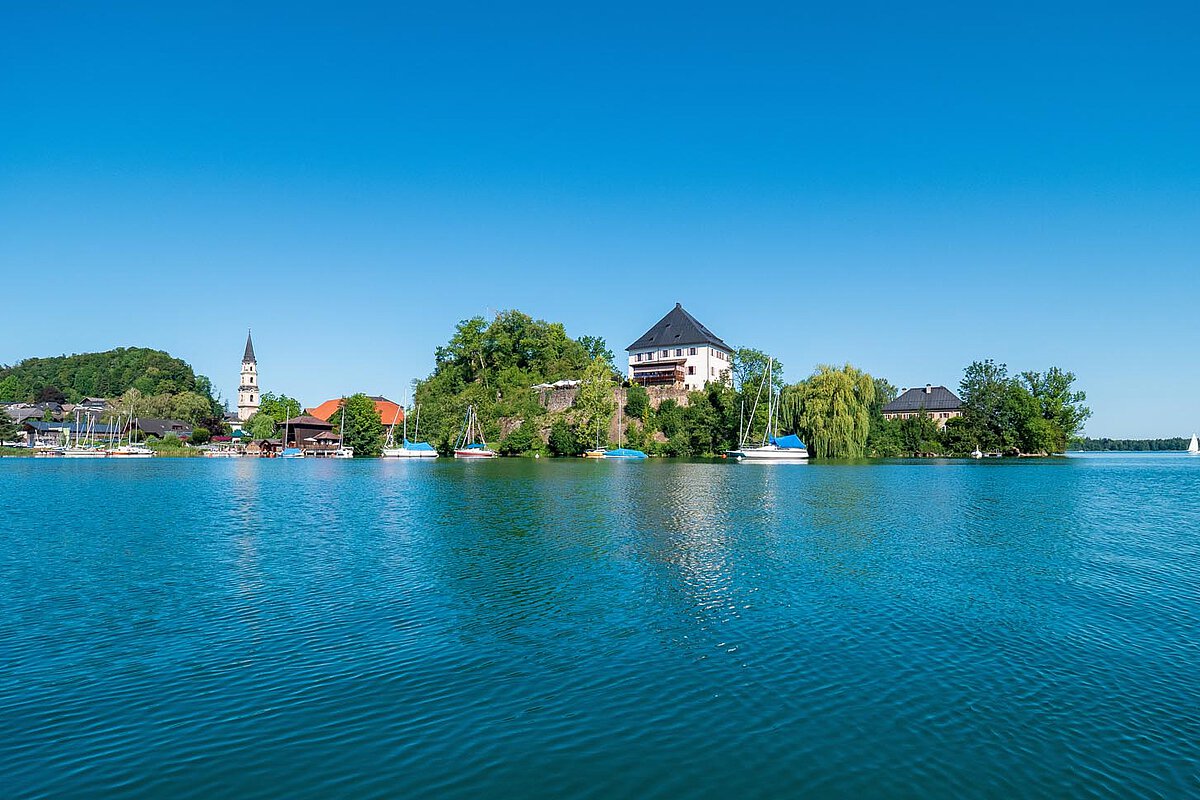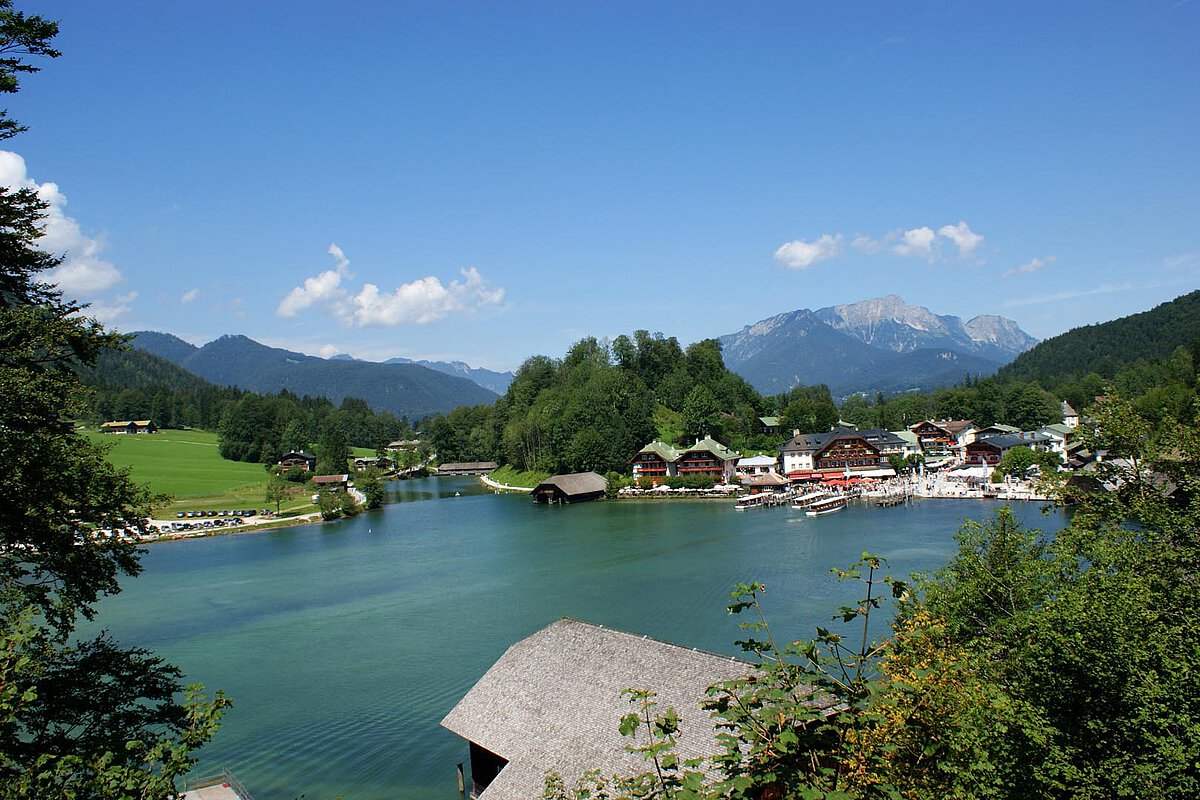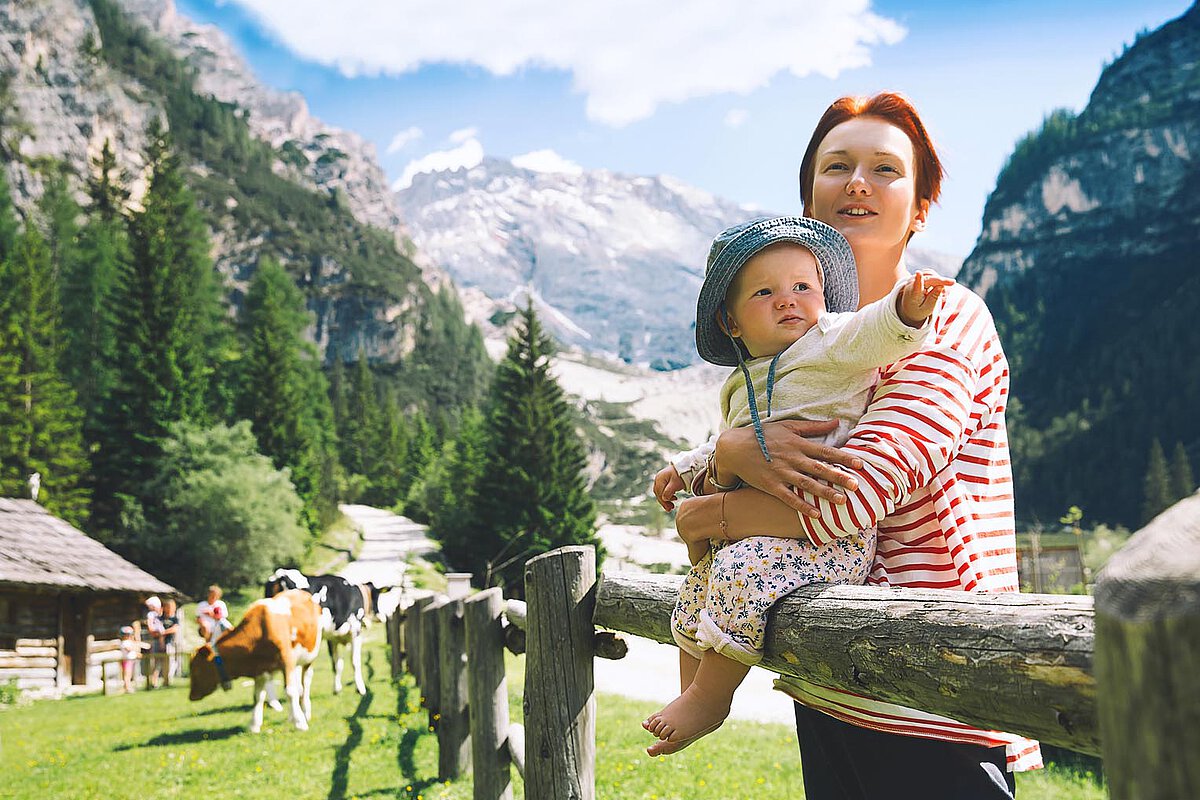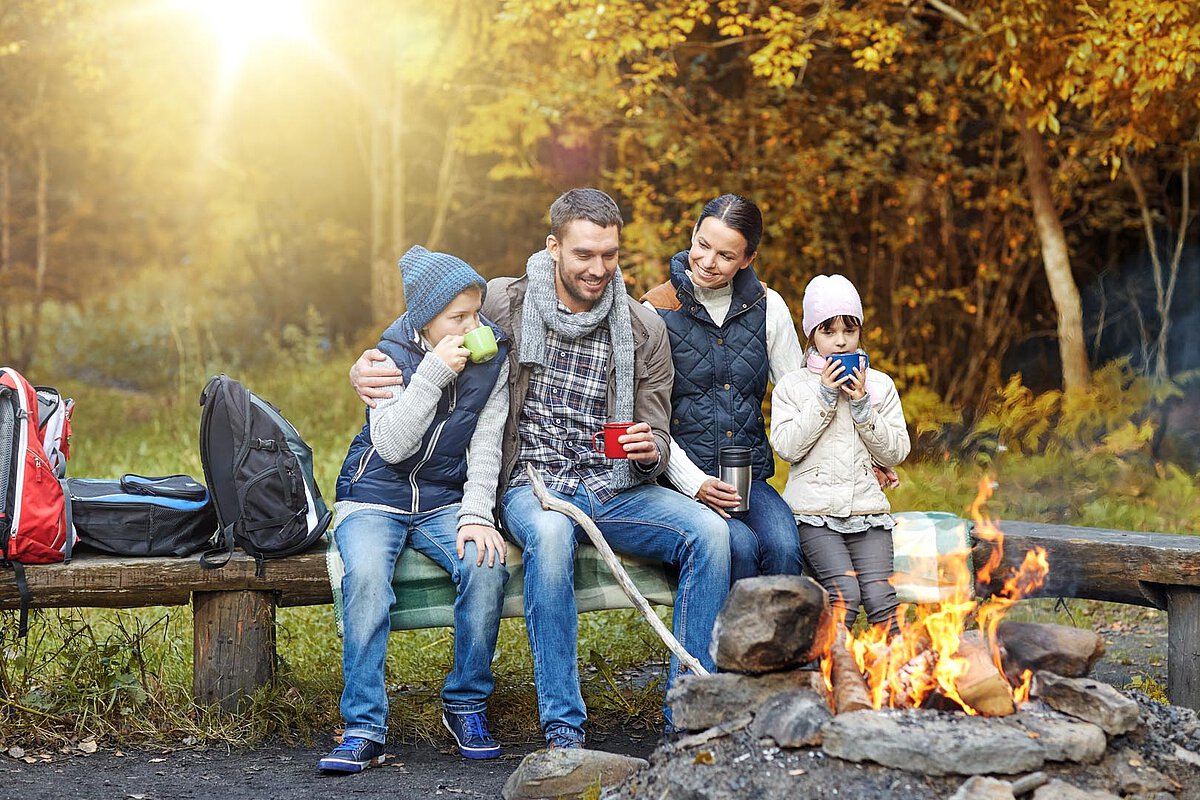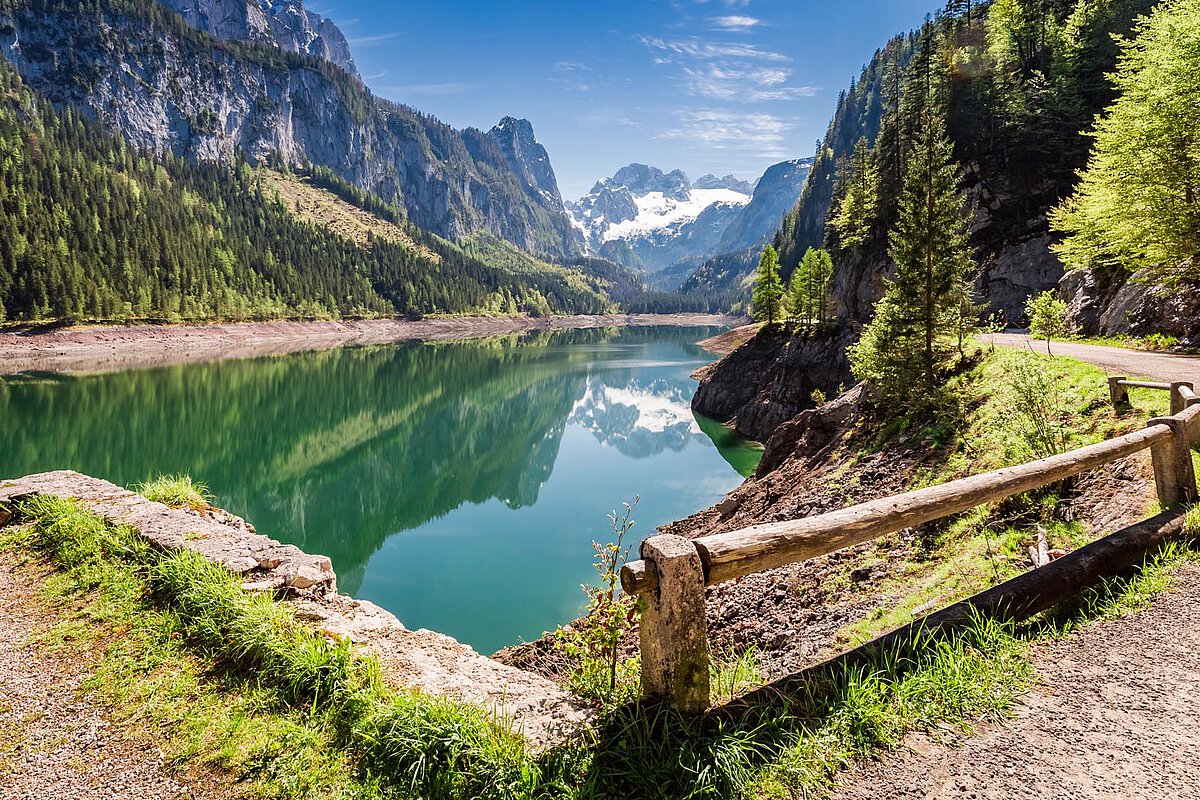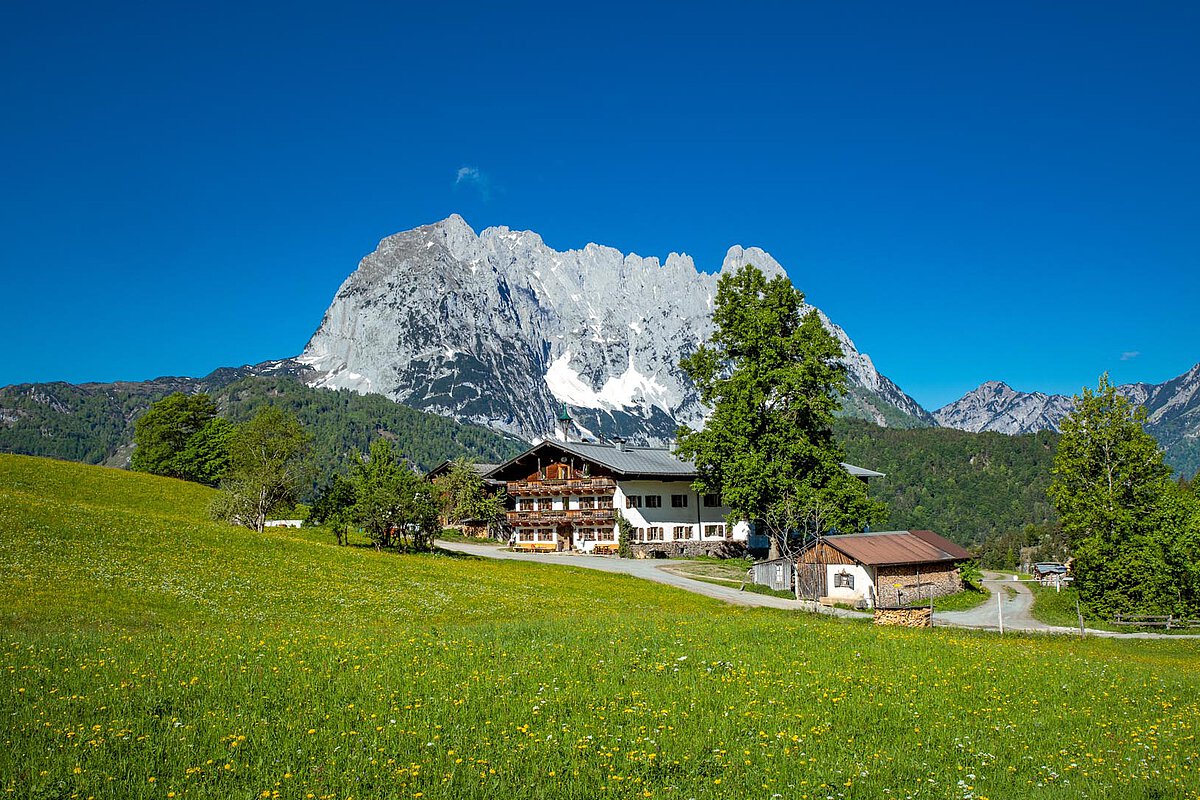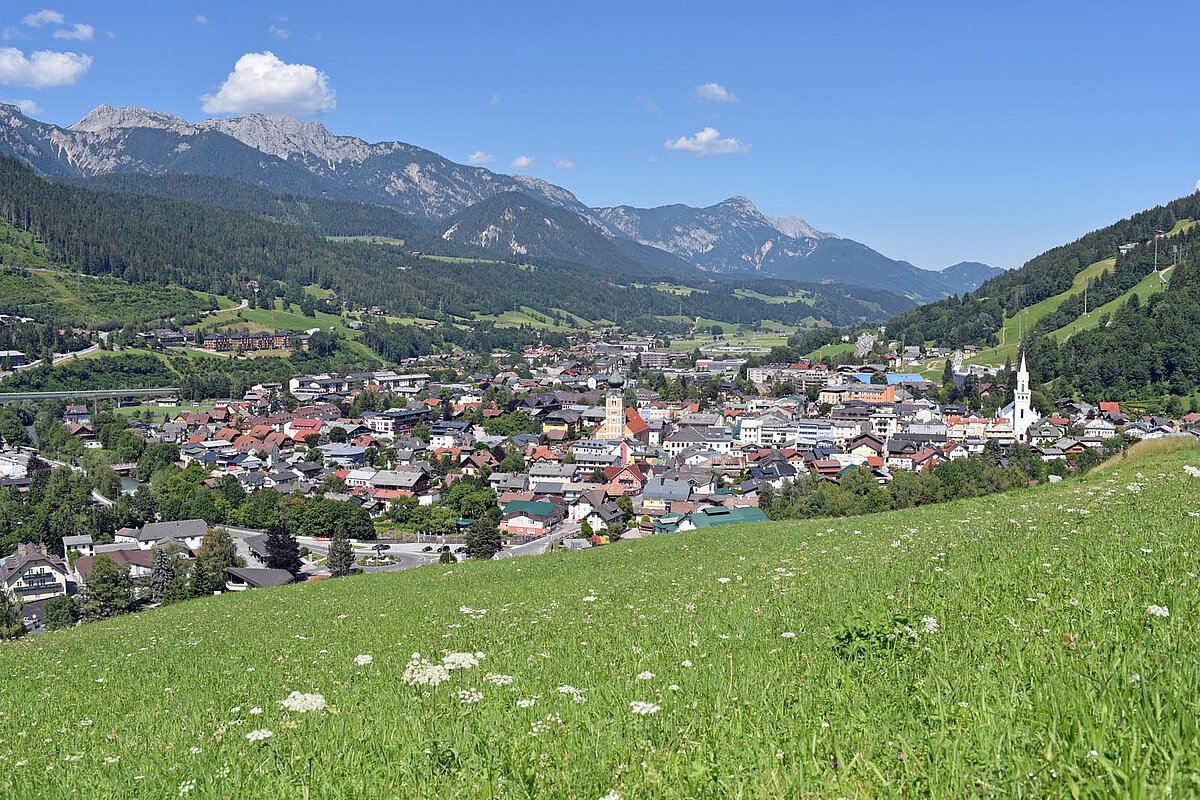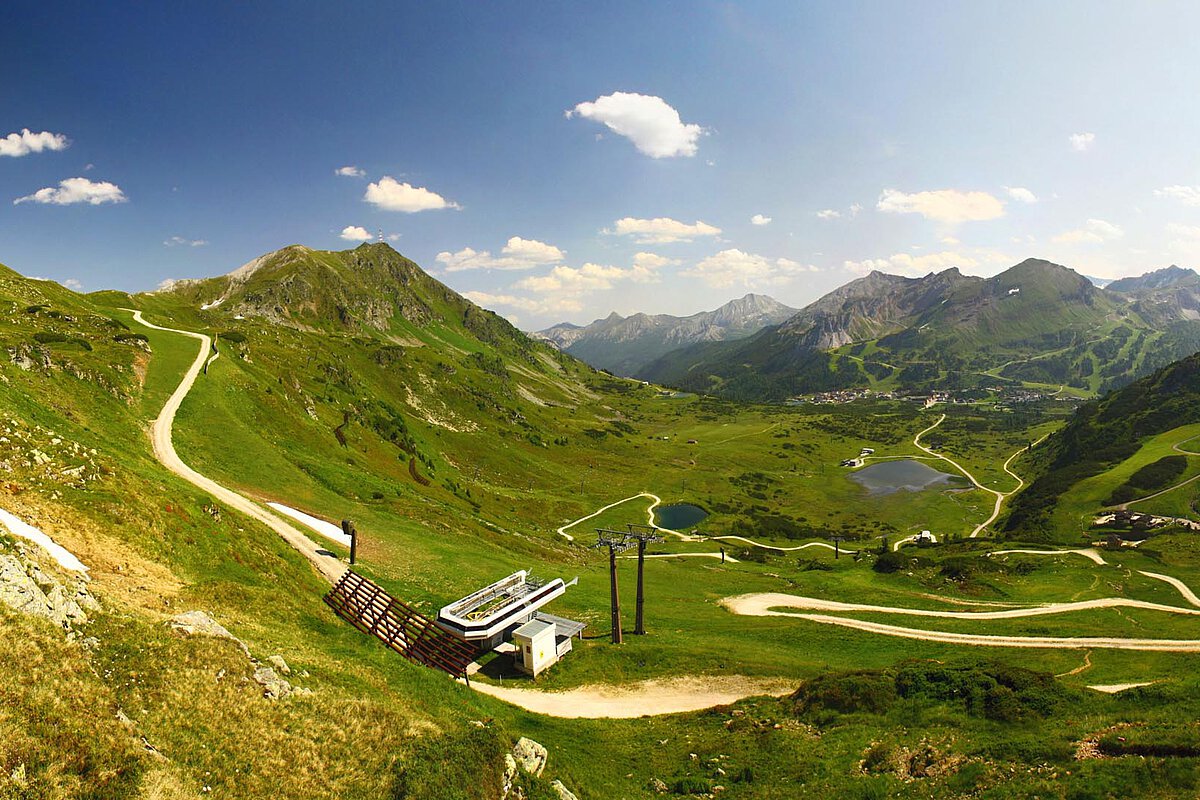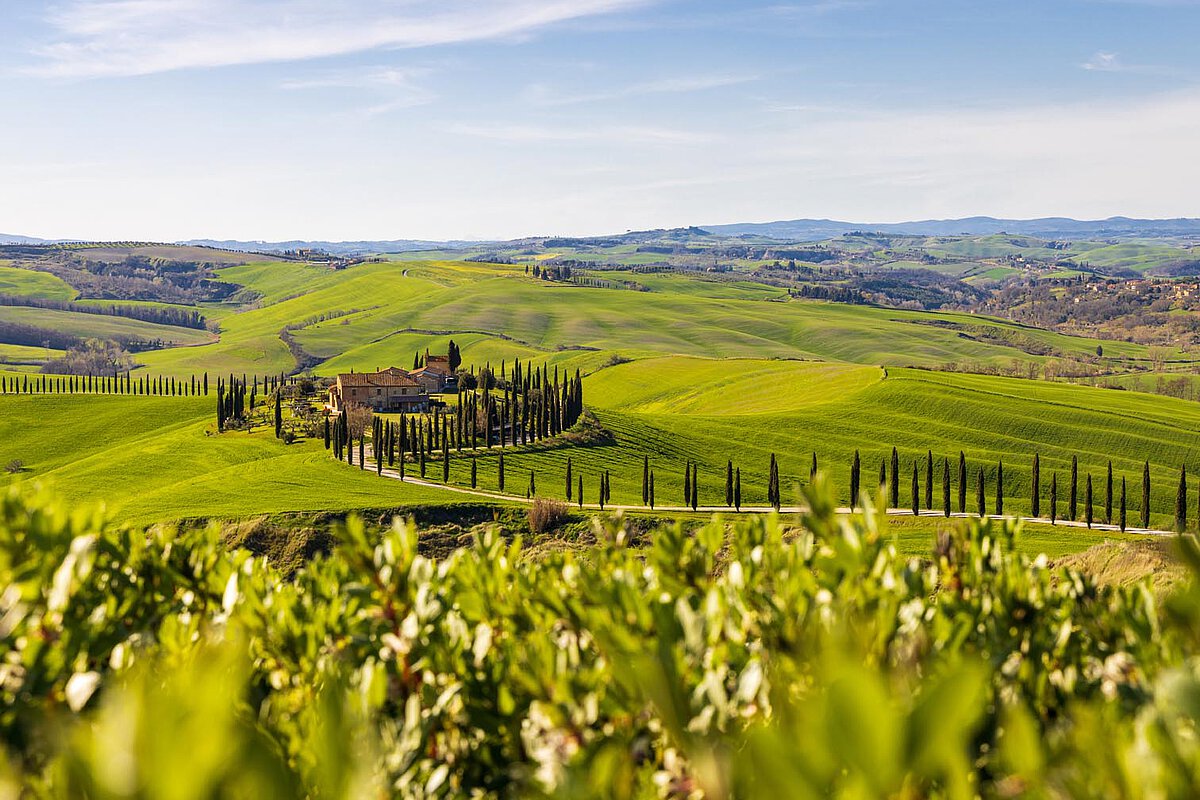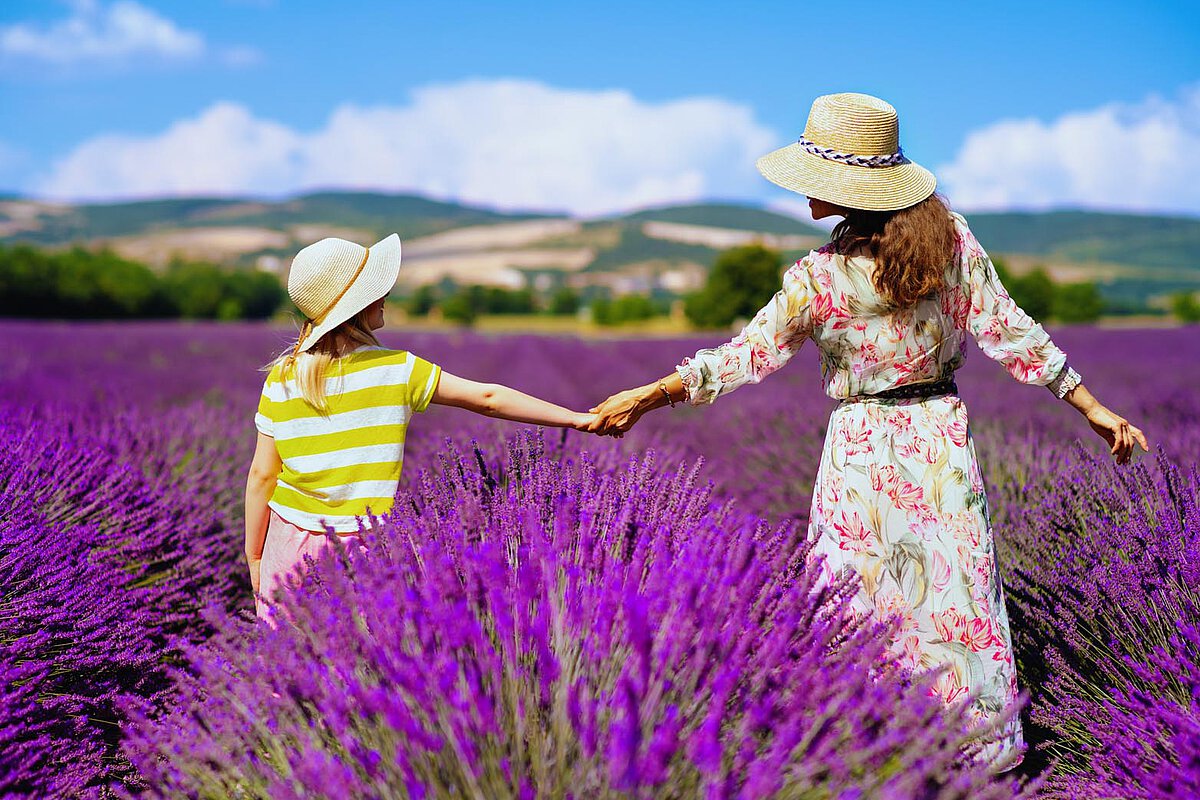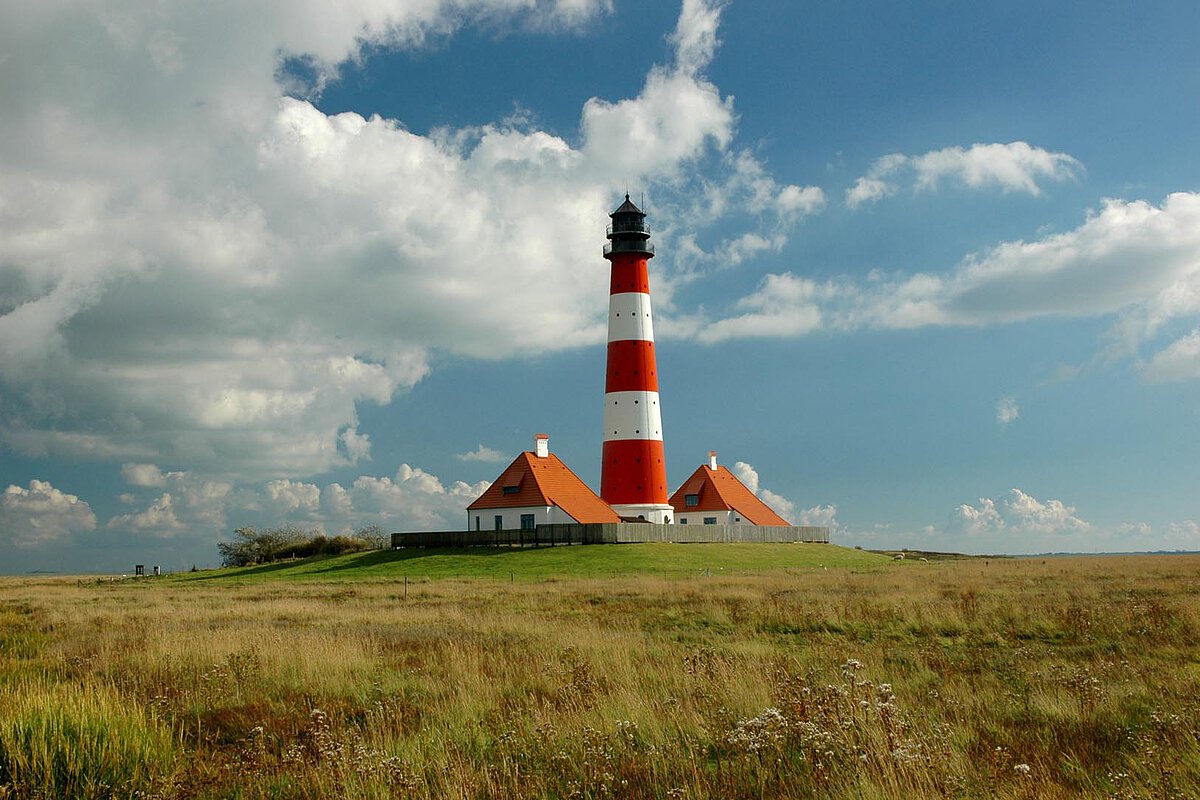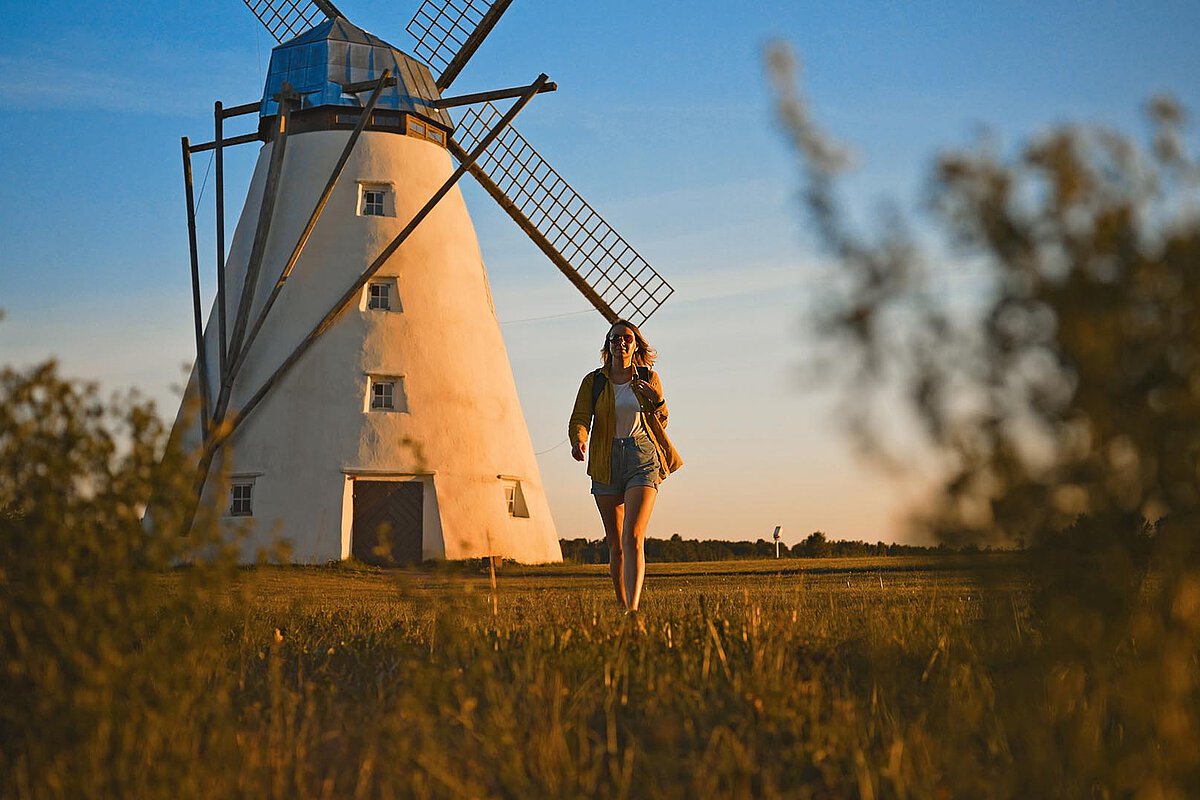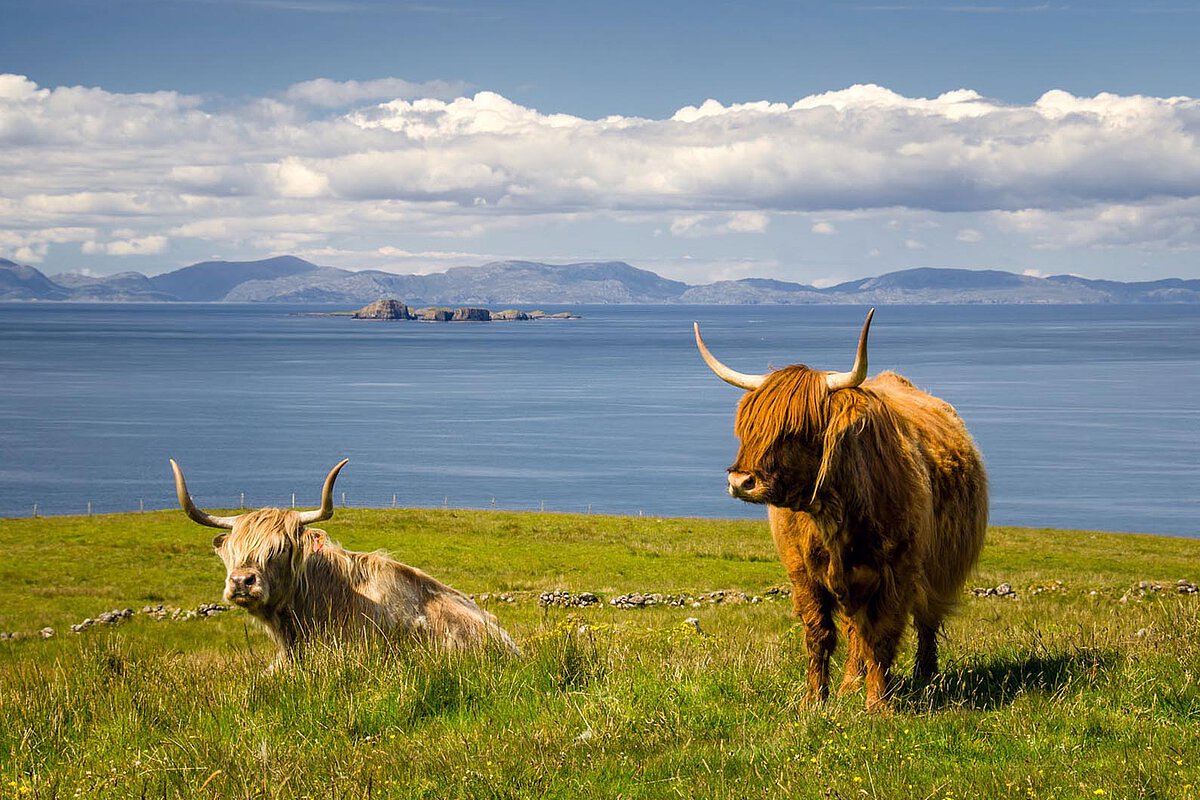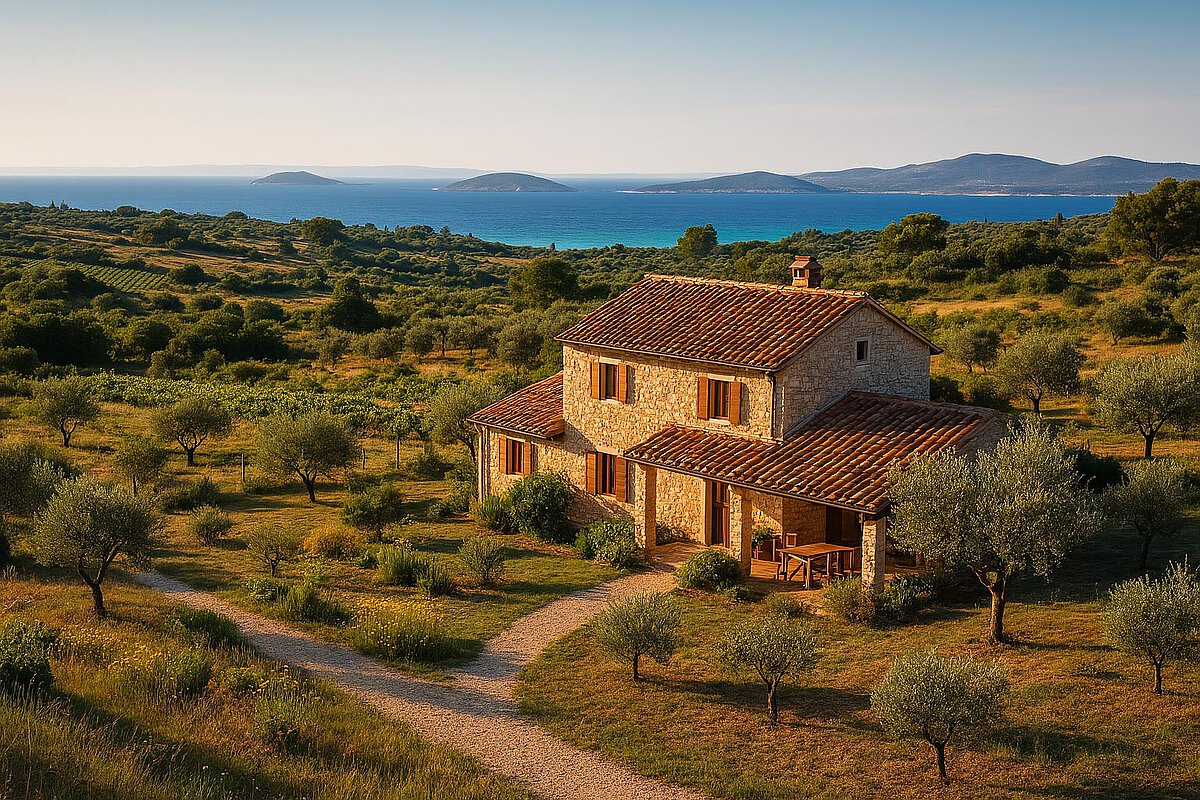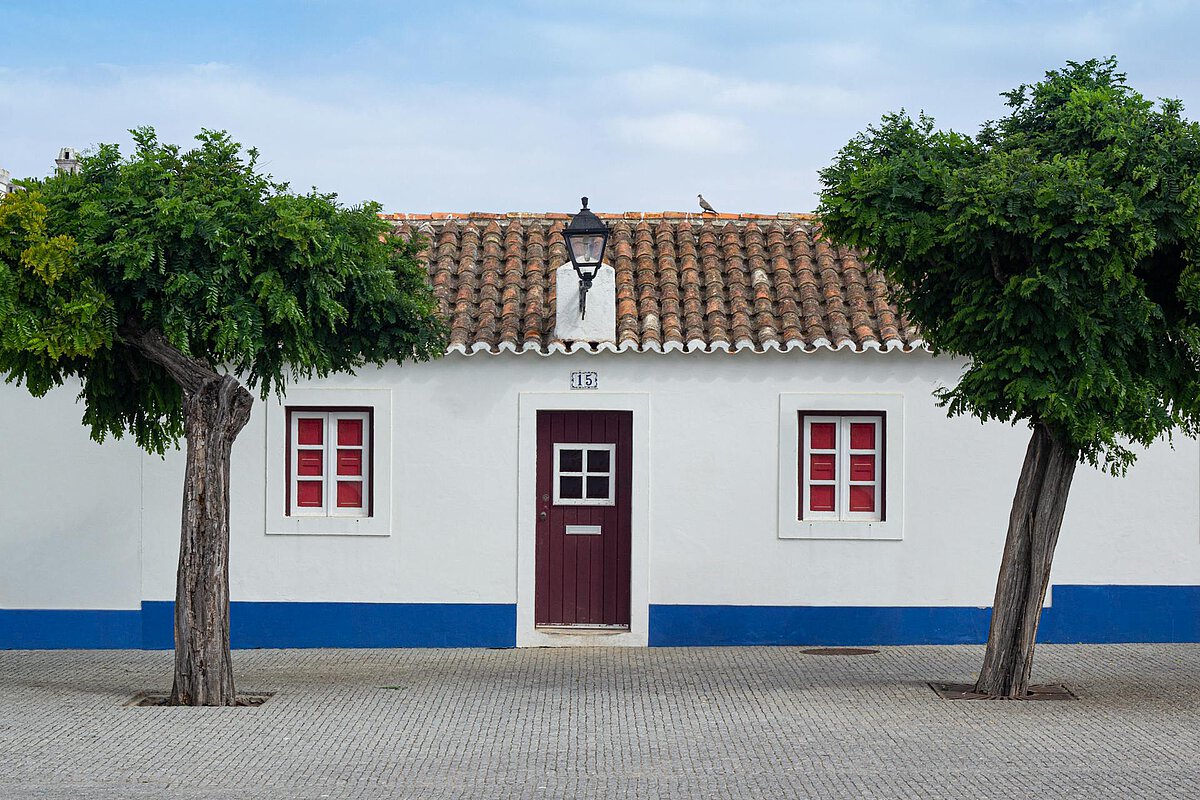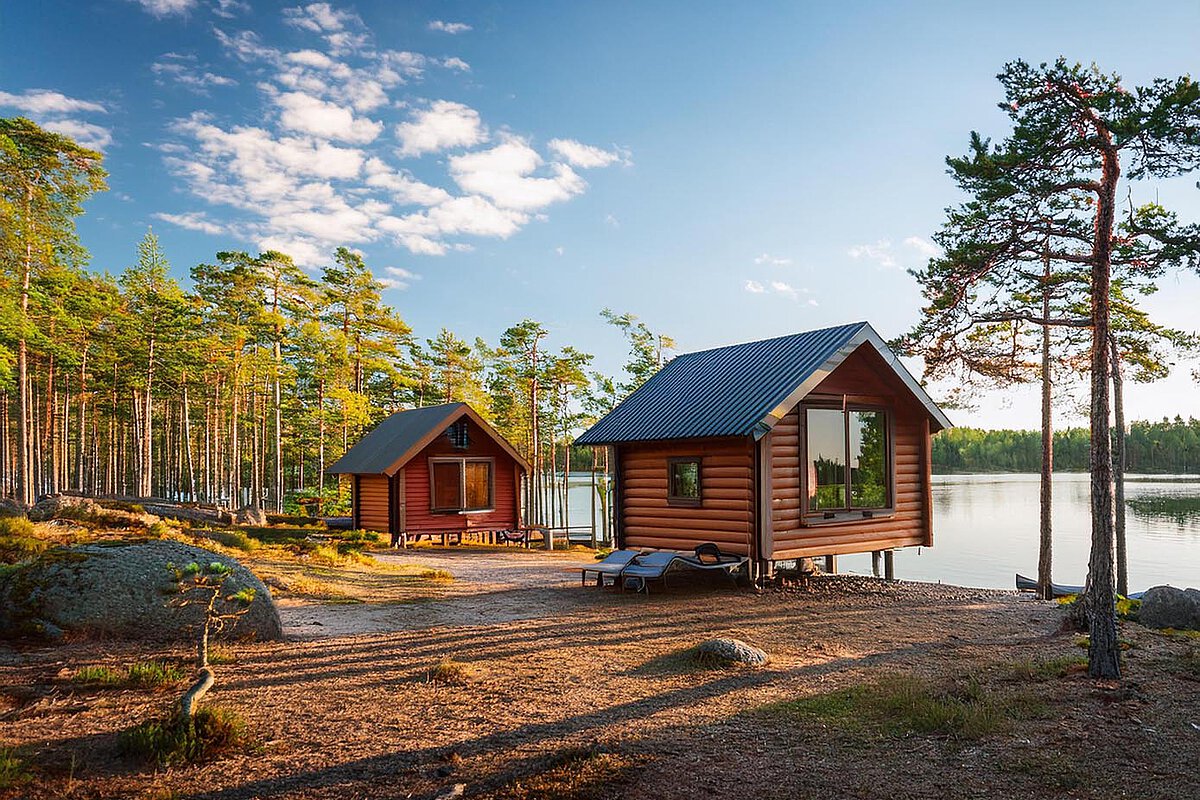Countryside escapes in Austria
Rustic countryside escapes in the heart of Europe
Austria's Most-Loved Rural Regions
Family-Friendly Accommodations
City-Break Escapes
Countryside Sustainable Stays
Didn’t find what you were looking for?
Discover these countryside gems!
Austria: A Treasure-trove of Extraordinary Attractions
Stunning alpine hinterland, cobblestoned historic towns, world-class museums, and the finest pastries — Austria never ceases to charm.
The landlocked European destination is famed for its opulent and historic capital, Vienna, as well as Salzburg, the birthplace of symphonist, Wolfgang Amadeus Mozart.
In summer, the Danube Valley shines bright with picturesque rolling hills, turquoise lakes, and lush meadows. In winter, the Alps transform into a skier’s paradise.
Interesting fast facts
Located in Central Europe, Austria shares its borders with Germany, Italy, Switzerland, Hungary, Slovakia, Slovenia, Liechtenstein, and the Czech Republic. The landlocked terrain, mostly mountainous, is covered extensively by the Alps.
The Grossglockner, at 12,457 feet, is the country's highest point. The chief waterway of Austria is the Danube, approximately 2845Km long and fully navigable, making it a crucial route for transport and trade.
Nine federal states make up Austria with the largest city, Vienna, being the capital. Some nine million people inhabit this land of 83,878 square kilometres, which is the continent’s 20th biggest nation.
While Standard Austrian German is the country’s official language, Austrians speak different dialects of German. Almost every corner of Austria features castles, with most of them clustered around. Lower Austria.
The fertile pastures of Austria
Mountains make up 70% of the Austrian countryside and the lush and beautiful alpine pastures of summer transform into powdery white slopes in winter.
Mountain farming contributes in a substantial way to maintaining this seasonal beauty of Alps - the alpine slopes are home to two-thirds of the country’s 165.000 farms.
Vineyards of Vienna
Vienna is the world’s only capital to produce such large quantities of wine directly within its borders. Some 612 hectares of vines surround the capital providing the basis for finest quality wines.
While in the late Middle Ages, vineyards grew within the city’s boundaries, these days they have spread as far as Bisamberg to the north of Danube, where Pinot is produced.
The limestone-rich soils of the 19th district are used for cultivating Chardonnay, Weissburgunder, and Riesling.
Austria's robust whites and opulent reds owe their origin to the vineyards of Southern Vienna where the earth is predominantly brown-black.
Alpine treasures of Salzburg
The inner-alpine region of Lungau in Salzburg is a highly fertile region with humus rich organic soil in which over half the province’s potatoes is grown.
Eachtlinge, as these potatoes are called, are priced for their high nutritional content and versatility in cooking.
The crystal-clear Alpine water bodies of Salzburgerland contribute to a great variety of fishes—the most popular being crayfish.
Organic and dairy farms of Upper Austria
The lush Northeastern hills of Mühlviertel in Upper Austria produce hop, an integral component used in making beer. Austria, a pioneer in organic farming, registered the world’s first organic farm in 1927.
Today, the nation boasts wide cultivation of organic vegetables, much of which is based around the south of the Danube.
Over 70 varieties of vegetables are cultivated under strict organic farming guidelines: cabbage, cucumber, potatoes, broccoli, cauliflower, radish, asparagus, sun-ripened tomatoes and much more.
Salzkammergut in the region has a long tradition of dairy farming and cheese production—since the 14th century, in fact.
Gmunden, a quaint lakeside village in Salzkammergut, produces the best Austrian cheese prepared with the highest quality raw milk.
Specialty farms of Carinthia
Carinthia is famed for its Asparagus, grown in the Lavant Valley.
Equally known are the region's autumn game specialities like venison, the finest of which are reared in the Metznitz Valley.
Carinthian meats and meat-products are highly-priced. The Gurktaler Luftgeselchter Speck, a smoked bacon, and the Jauntaler salami, a pork sausage, are particularly popular.
Honey produced by the Carnica bees of Rosental is also highly rated. Some popular varieties include the wild honey, floral honey, cream honey, and alpine rose honey.
Mountain farming contributes in a substantial way to maintaining this seasonal beauty of Austrian Alps.
The alpine slopes are home to two-thirds of the country’s 165,000 farms.
Miles to go, much to see
From old historic towns to modern cities that have beautifully preserved the world-class architecture of yesteryear, Austria is a true cultural treat. And when winter falls on its landscapes, the lush Alps transform into a winter wonderland.
Masterpieces of Vienna
The Imperial Palace of Vienna, once the seat of Austria’s powerful monarchy—the Habsburgs, is an eclectic mix of different architectural styles—Gothic, Baroque, Rococo, Renaissance, and Classicism.
The luxurious complex encompasses 2,600 rooms and 19 courtyards. The revered Spanish Riding School continues to stage magnificent ballet shows by Lipizzaner stallions in its ornate hall.
On the city’s outskirts, the Schönbrunn Palace, a UNESCO World Heritage Site, is equally impressive.
The 18th-century Baroque palace boasts 500 acres of grounds with gardens, palm house, alpine farmhouse, labyrinth, zoo, and carriage museum.
Yet another unmissable site is the 12-century St. Stephen's Gothic, replete with an impressive tiled roof.
Mozart's birthplace and beyond
Salzburg, the picture-postcard northwestern city sits on the banks of the River Salzach and exhibits its fair share of beauty and history.
Arcaded courtyards and pretty medieval lanes lend a romantic air to the Old Town.
The famed birthplace of Wolfgang Amadeus Mozart celebrates its local hero with a museum right within the legend’s house, Mozart themed music festivals, and his famous compositions played on the town's glockenspiel every day.
Many of Salzburg's picturesque locations featured in the iconic film “The Sound of Music” are another popular draw with visitors.
The city is an ideal base for several trips—riverboat cruises along the River Salzach, a scenic drive through the Salzburg Alps or a visit to Werfen to explore the world's largest system of ice caves.
Skiers’ paradise
Several towns across Austria transform into first-rate winter sport centers in the winter months of December to February.
Kitzbühel with 233 kilometres of pistes and slopes is home to Hahnenkamm Mountain, where the world’s most demanding ski race, the Hahnenkammrennen, is held annually.
Equally appealing is Stubai, the country’s largest glacier ski resort boasting 35 downhill runs, catering to skiers of all skill levels.
Experience unforgettable skiing in Innsbruck, Stubai, Montafon, Kitzbuehel, and Arlberg.
FAQs
Austria's countryside is characterized by:
- Mostly mountainous terrain, with 70 % covered by the Alps
- Lush alpine pastures in summer that transform into ski slopes in winter
- Fertile regions supporting various types of agriculture, including vineyards, organic farms, and specialty crops
- Numerous castles, particularly clustered in Lower Austria
Mountain farming is crucial in Austria:
- It contributes significantly to maintaining the seasonal beauty of the Alps
- Alpine slopes are home to two-thirds of the country's 165,000 farms
- It helps preserve the landscape that transforms from lush summer pastures to winter ski slopes
Notable agricultural products by region include:
- Lungau, Salzburg: Eachtlinge potatoes and various fish from Alpine waters
- Mühlviertel, Upper Austria: Hop production and organic vegetables
- Salzkammergut, Upper Austria: High-quality dairy products and cheese
- Lavant Valley, Carinthia: Asparagus
- Metznitz Valley, Carinthia: Venison and game specialties
- Rosental, Carinthia: Honey from Carnica bees
Key historical sites in Vienna include:
- The Imperial Palace (Hofburg): A complex with 2,600 rooms and 19 courtyards, showcasing various architectural styles
- The Spanish Riding School: Famous for Lipizzaner stallion shows
- Schönbrunn Palace: A UNESCO World Heritage Site with 500 acres of grounds
- St. Stephen's Gothic Cathedral: Known for its impressive tiled roof
Salzburg is popular for:
- Its picturesque Old Town with arcaded courtyards and medieval lanes
- Being the birthplace of Wolfgang Amadeus Mozart, with a dedicated museum
- Locations featured in “The Sound of Music”
- Serving as a base for riverboat cruises, scenic drives through the Alps, and visits to nearby attractions like the Werfen ice caves
Vienna is the world's only capital to produce large quantities of wine directly within its borders.
Key features include:
- 612 hectares of vineyards surrounding the capital
- Bisamberg to the north of Danube produces Pinot
- The 19th district's limestone-rich soils cultivate Chardonnay, Weissburgunder, and Riesling
- Southern Vienna's brown-black earth produces robust whites and opulent reds




